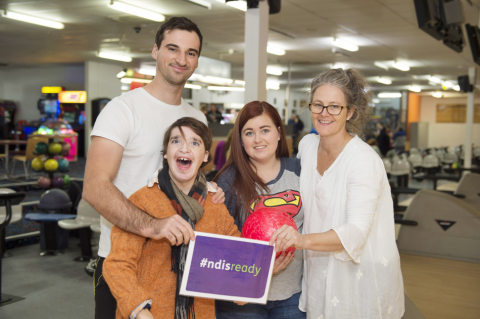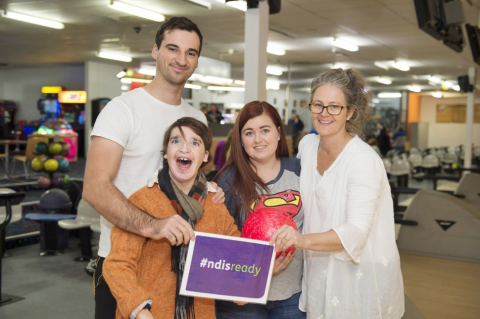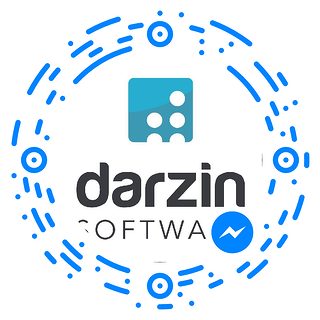

Engaging the Silent Stakeholders
Community Engagement with Vulnerable Groups
Understanding the impact of equalities such as race, disability or gender is a duty for many Consultors (ie., project proponents, planners, and decision makers), particularly when proposals affect a population in a disproportion way. Taking anything more than a theoretical approach to this is a challenge, particularly when you need to engage with the silent stakeholders. Indigenous peoples, people with disability are among the most marginalised and vulneration segments of the society. In cultures where women play a ‘lesser’ role in the public sphere, consulting primarily with men would provide only half of the story. And partial information can lead to both risks and misopportunities. The good news is that Darzin community engagement software can help you monitor equalities using a combination of custom fields, contact lists and the new survey module.


Engaging with disability groups requires some considerations and efforts. Photo credit: NDIS
By asking simple questions at the planning phase, such as if Consultees (ie., the directly impacted population, interested parties) feel that they would be ‘negatively affected by proposals’, Consultors can build up a picture about potential equalities issues, and identify vulnerable groups. However, there are some questions you might not want answering. For example, it is common for Consultors to ask if Consutlees found it ‘easy to understand’ a consultation. While the results might well offer reassurance, they could affect the validity of the whole exercise. It may be better not to know.
Some Consultors go the extra mile and publish ‘easy read’ versions of their documentation or set up equalities panels for their community engagement processes. This is fast becoming the norm for consultations which directly affect disability groups. Yet there is no easy solution for stimulating a natural response from these audiences.
Things Could Change with Chatbot
But things might be about change when it comes to engaging young people. British company ‘Apptivism’ are exploiting the widespread adoption of instant messaging among digital natives by using Chatbot technology to solicit views via Facebook Messenger. While they can’t yet extract demographic data from the Facebook profile of a Consultee, they can propagate questionnaires by encouraging participants to ‘invite their friends’ to complete a questionnaire.
Recently Allison Hendricks, Darzin Director, created a Chatbot for the International Association for Public Participation’s Engagement Next Level Forum in Melbourne, Australia. The bot was a hit among the stakeholder engagement practitioners. The bot not only acted as a live virtual helper for the IAP2 forum, but also as a space where participants sent in their questions for the speakers and discussed hot topics.
To see a bot in action, check out the Darzin bot we have created for Facebook Messenger. To activate the bot, open the Messenger app on your phone, tap on the icon for your image to open your profile page. Now tap on your image again. It gives you the option to scan – tap scan and hold it over the image below…Then enjoy the ride!


This technology is opening the way for community engagement to be more dialogic. For example, you might be able to interrogate the facts which support a particular proposal using natural language and receive images or sounds as supporting evidence. Equally, you might be able to submit views using rich media in a similar way to mobile ethnography – although for now it’s a multiple choice and ‘text’ only approach.
For some ideas for using bots in Community Engagement, check out our blog post on this topic.
Social Listening
There is another way to get the views of the seldom heard – social listening. In the same way that you might expect a comms team to monitor the debate as a consultation unfolds, social listening extracts relevant insights from social media accounts relating to any particular topic. The European commission has just launched a prototype social listening dashboard which is listening to the view of young people on the theme of youth mobility.
The greater problem is deciding if views expressed outside of a formal feedback loop should be considered as part of a consultation process. For example, if the comments below an online newspaper article should be included as part of the analysis of what the public think. You would need to consider how to weigh a social media comment against a formal submission. The issue of anonymity in social media needs to be taken into consideration while doing the weighting as well. However, if you discover that the ‘silent stakeholder’ is just silent on the official channel then the sheer act of active listening might just imply that you have to take those comments into active consideration.


